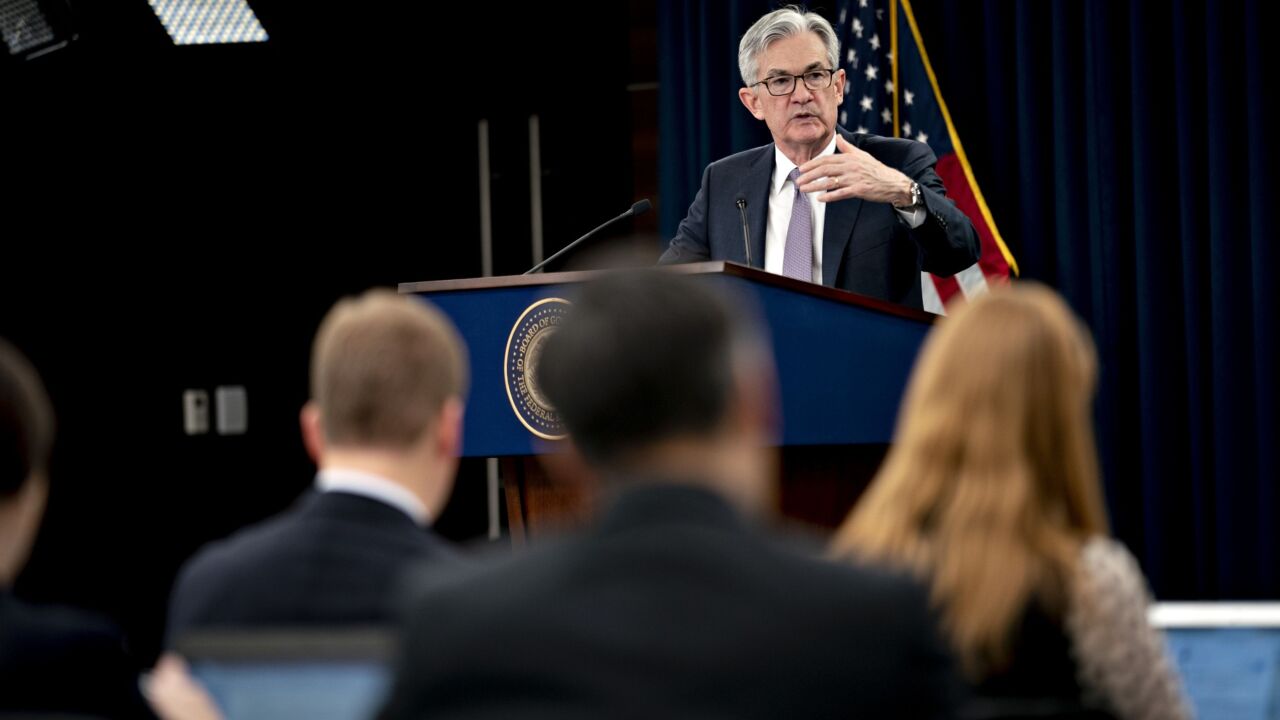In the end, everything went wrong for the NBA’s Milwaukee Bucks. Jamie Dinan could only watch.
By the time the top-seeded Bucks were knocked out of the semifinals in September, dashing championship dreams once again, Dinan, one of the team’s billionaire owners, was hurtling toward a humbling loss of his own – one that is now ending his three-decades-long career in hedge funds.
His New York investment firm, York Capital Management, told its investors this week that it was all but getting out of the hedge-fund business to focus on its $8.5 billion in longer-term products. The news ricocheted across the Atlantic, where Dinan’s biggest backer, Credit Suisse Group AG, promptly announced it would take a $450 million hit on its stake in York.
It’s a remarkable turn for Dinan, whose early success drew widespread acclaim in New York financial circles. A decade and a half ago, York was one of the fastest growing hedge funds of its size. Dinan, 61, made the tabloids by buying the Fifth Avenue duplex once owned by the disgraced ex-boss of Tyco International Ltd. He went in on the Bucks with fellow investors Marc Lasry and Wesley Edens.
“This is an efficient industry,” said Ilana Weinstein, who runs Wall Street recruitment firm IDW Group LLC. “It doesn’t matter how long you’ve been around. You need to keep reinventing yourself through new talent, technology and investment and you can’t do that with ice melting from under you in bad performance.”
Dinan is the latest in a string of high-profile managers to essentially throw in the towel on their external hedge fund strategies after years of struggling to make impressive returns. John Paulson and Louis Bacon recently returned client cash after a disappointing streak, opting to run internal money instead.

For years the hedge fund industry has been under pressure as investors soured on the strategy, fees were pushed down and easy monetary policies dampened investment opportunities. Sparks of market volatility this year may have only added to the tumult felt by funds that were already struggling. Hedge funds have had annualized returns of about 3% over the past five years through the end of 2019, according to data compiled by Bloomberg.
Dinan founded York in 1991 and has seen the firm’s assets tumble from their $26 billion peak in 2015 to about $15 billion as of last month.
Dinan made money by sifting through financial statements and corporate filings and searching out cheap stocks and bonds. A risk arbitrager during the merger mania of the 1980s, he also purchased stakes in potential takeover targets and scooped up the battered bonds of troubled companies.
In a letter to investors Monday, Dinan said he would retool York to focus on longer duration assets, including private equity, private debt and collateralized loan obligations.
Altogether, York is handing back less than $3 billion in hedge fund assets, according to a person with knowledge of the matter. The firm is winding down its European hedge fund business. York’s Asian Opportunities Fund, led by Masa Yamaguchi, will spin out as a separate firm.
York’s flagship multi-strategy fund will continue to exist but will primarily oversee internal capital going forward. It has about $1.4 billion in that fund, which fell about 3% this year through mid-November, the person said. That fund has handed investors an annualized return of about 11% over 29 years, according to the letter.
Dinan said York Co-Chief Investment Officer Christophe Aurand will leave the firm Dec. 31 and William Vrattos will take over as sole CIO. Both were named co-CIOs and eventual successors to Dinan in 2017.
The firm’s founder will continue as chairman as well as chief executive officer. Fraser Maingay, a partner focused on European equities, will also be exiting the New York-based company.
York started this year winding down its main credit fund, the $2 billion York Credit Opportunities fund, which was struggling to meet withdrawals. The firm had told investors it would return up to 30% of their money by March.
As the pandemic roiled markets, the timing for exiting an illiquid portfolio could not have been worse. The credit fund, which still has about $700 million under management, plunged 16.5% in March and is down 41% this year through October, according to documents seen by Bloomberg.
That fund, which started trading in 2001, suffered losses in 2018 and 2019. A third of its long positions are in level 3, or hard-to-value, assets, without broker quotes, the document shows. The fund has 44% of its long positions in level 2 assets.
With his hedge funds closing, Dinan still has plenty to navigate ahead: York’s remaining businesses and, of course, rebuilding the Bucks.




